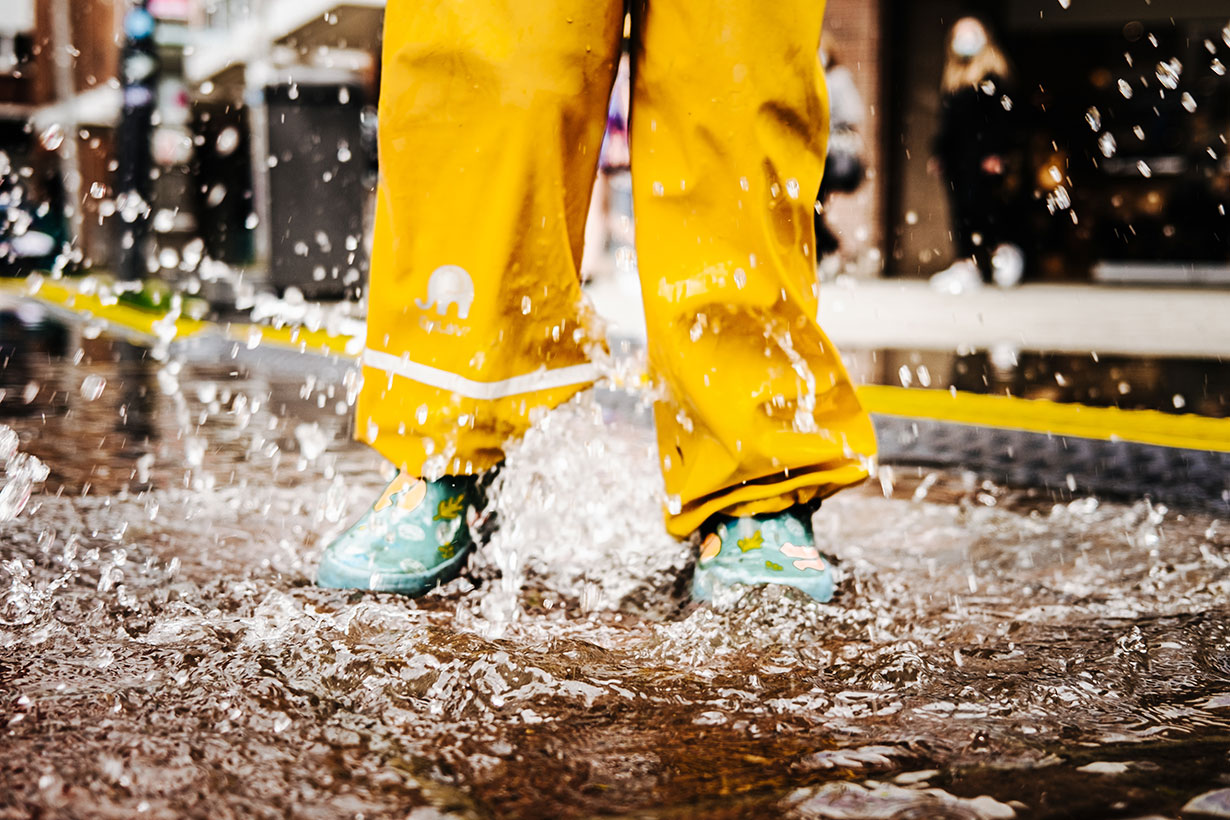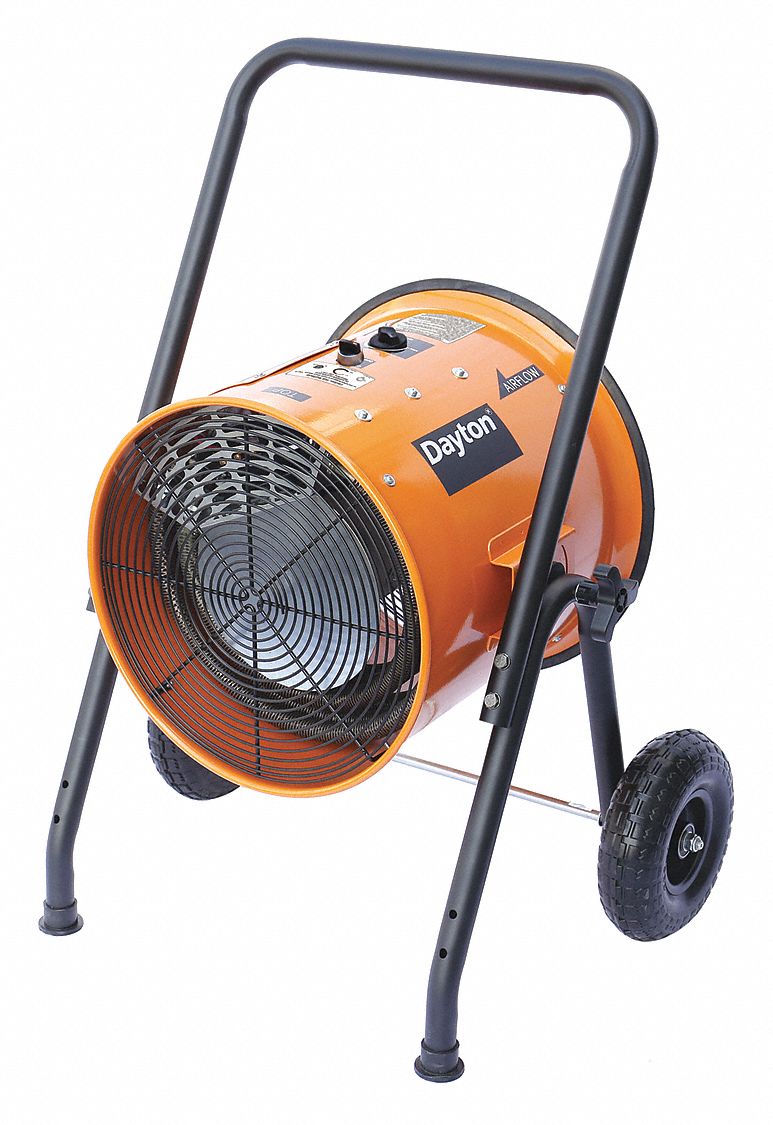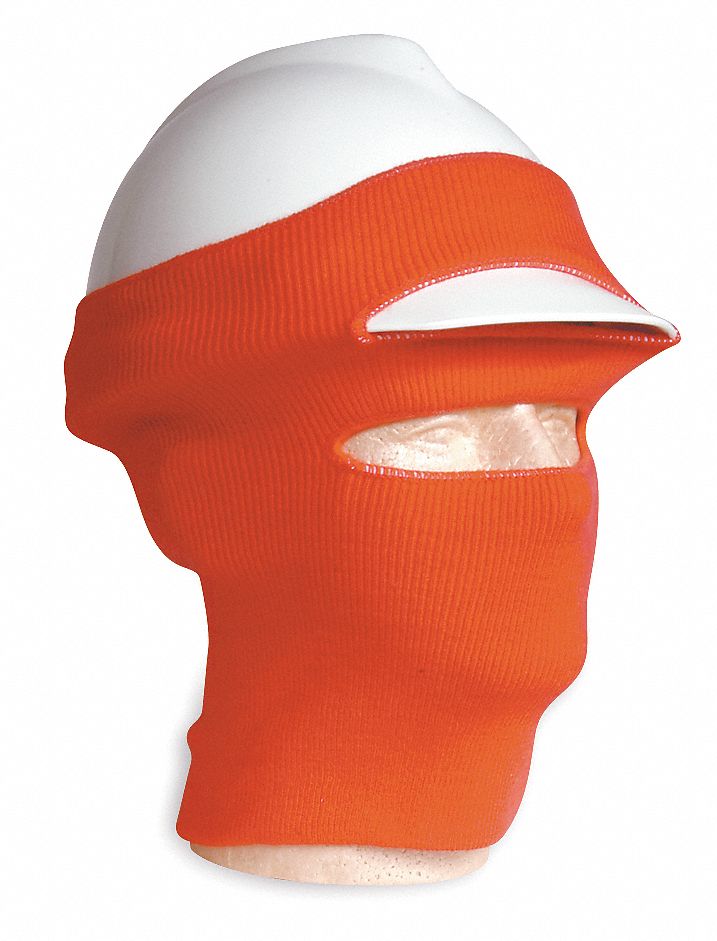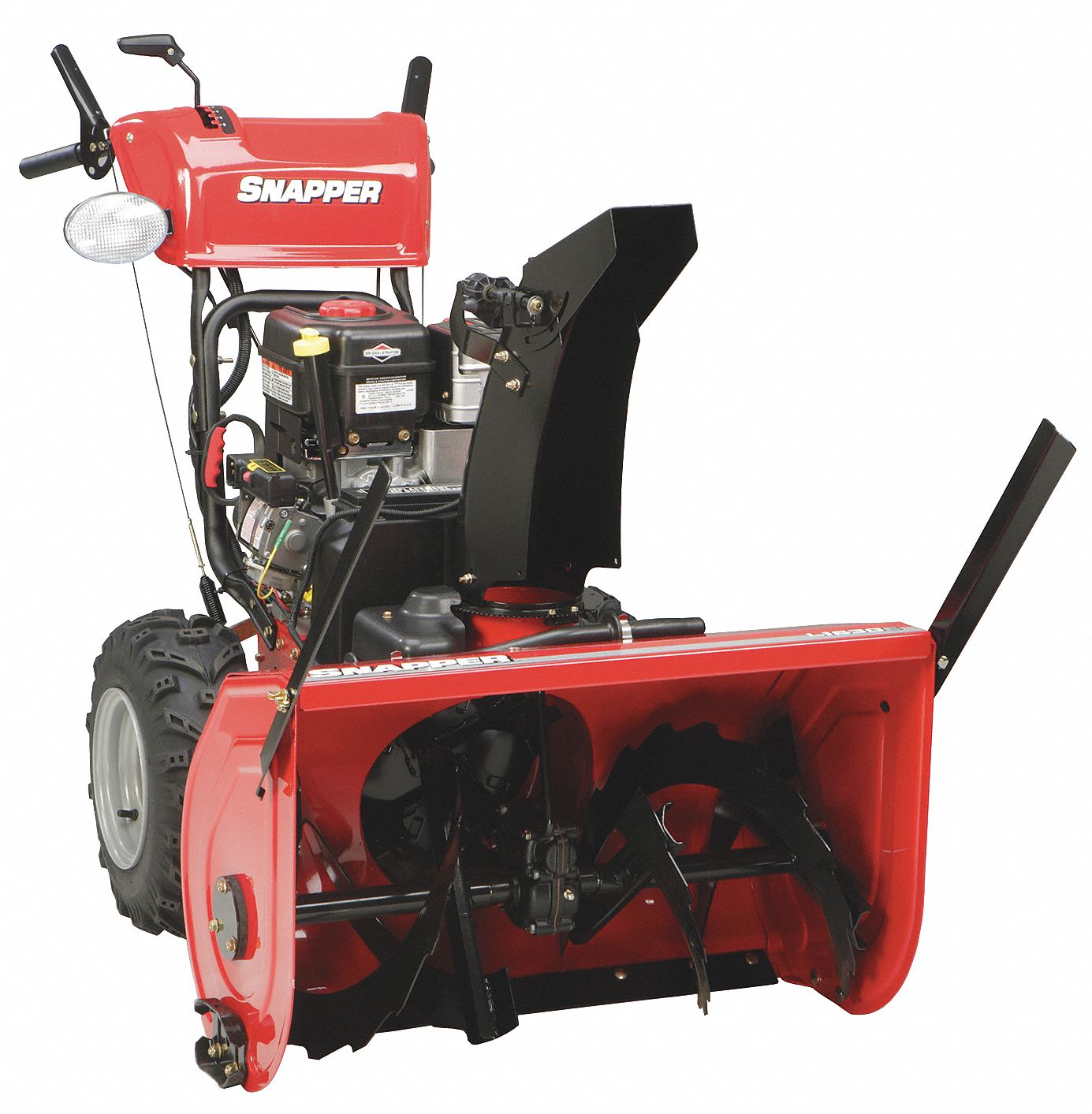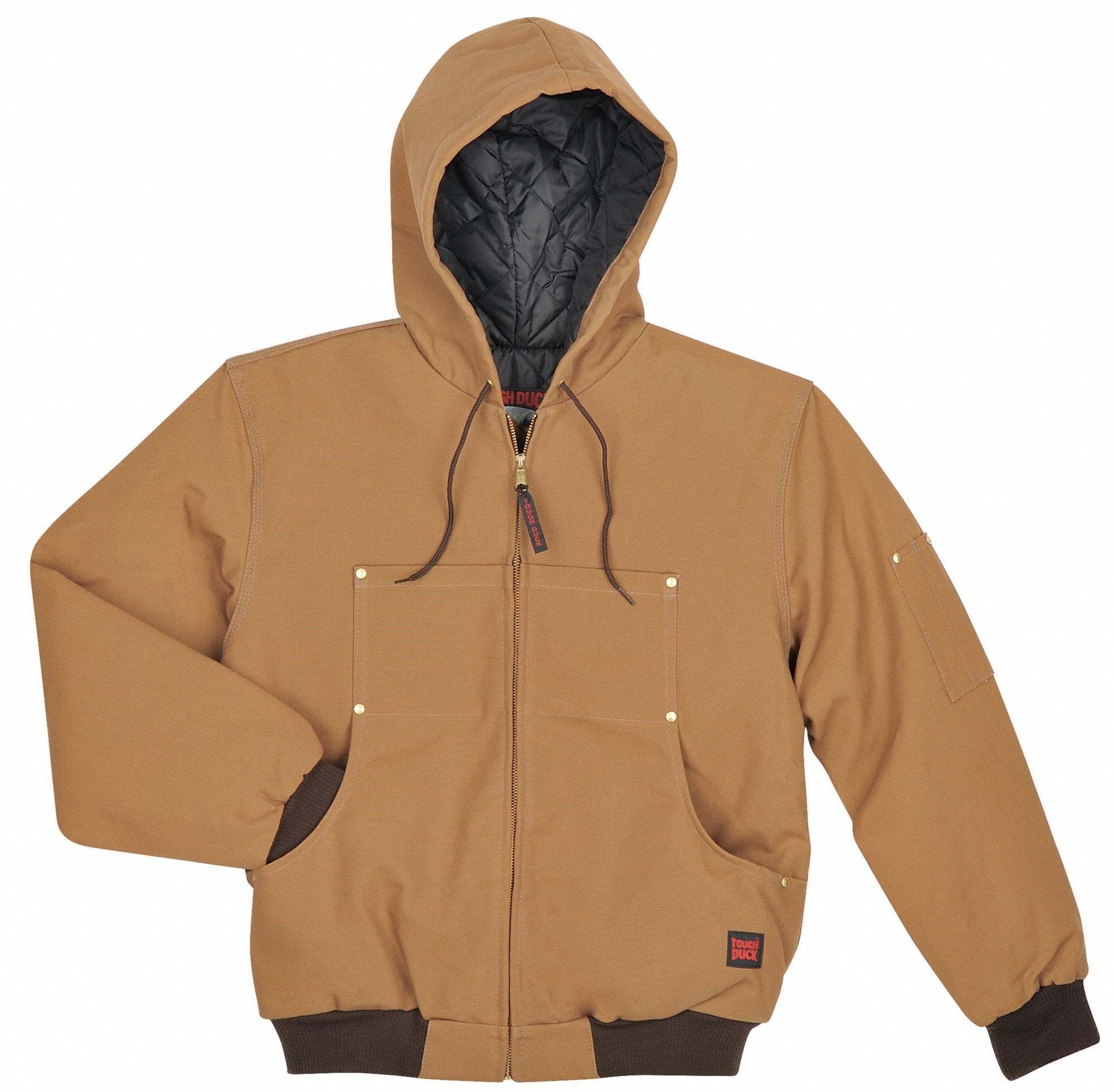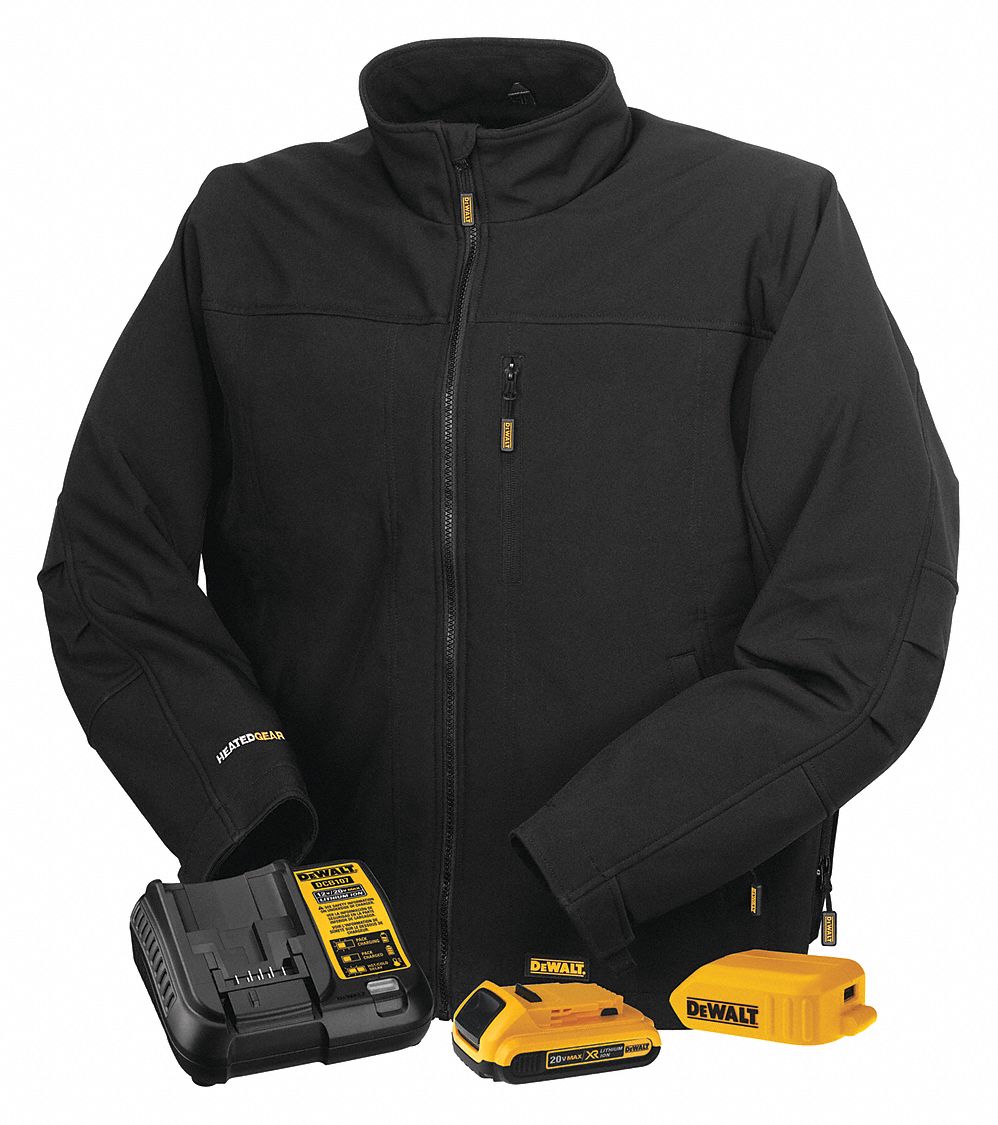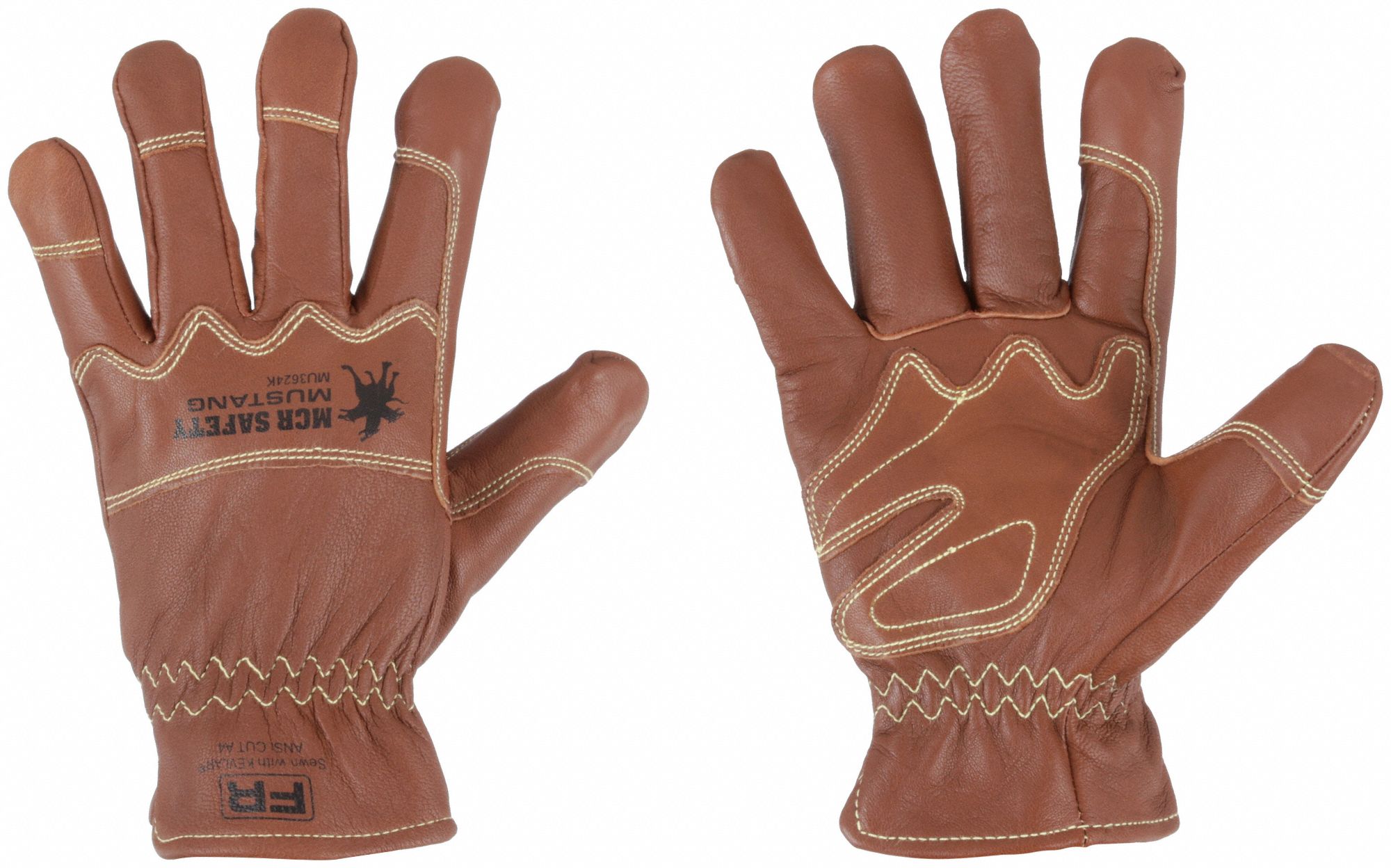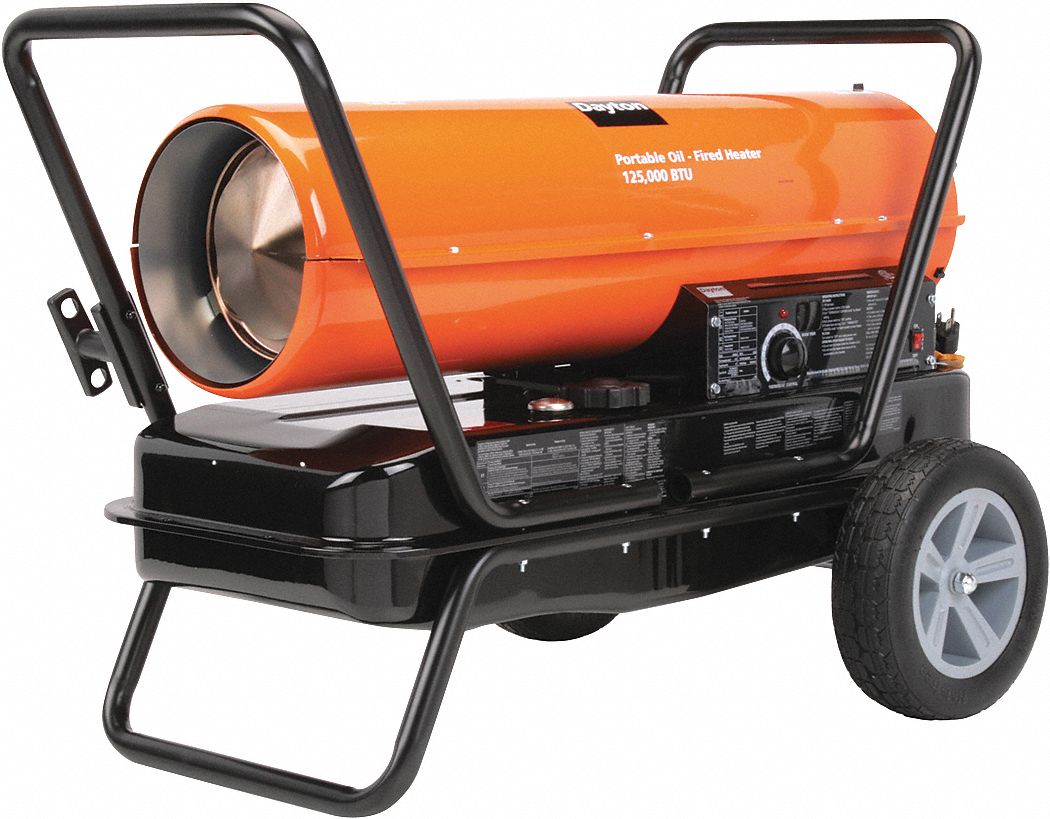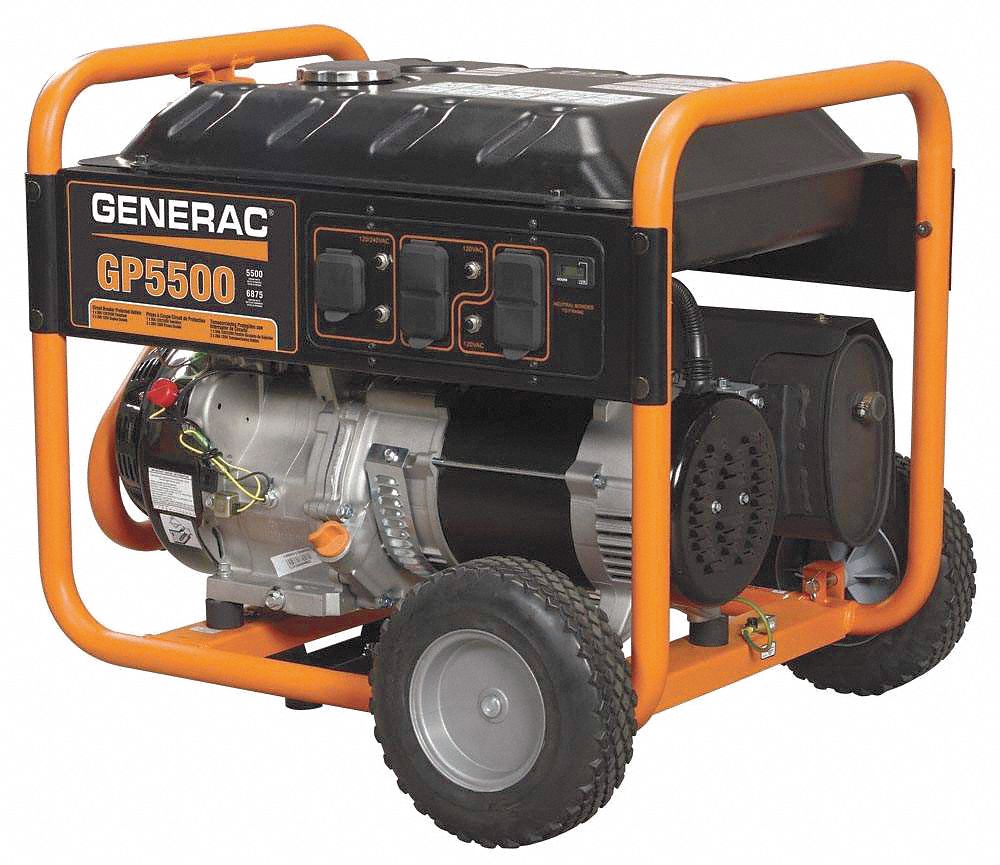

Working in the Cold: Frequently Asked Questions
By Grainger Editorial Staff 10/16/22


Sometimes it feels great to be out in the cold. When you're wearing the right gear and sustaining an adequate activity level, you can relish crisp air and even snow without really feeling cold.
But once you do start to feel cold—forget it. Between the shivering, the tingling, the aching numbness and the exhaustion, your body's practically begging you to seek out a warm place. But when you've got a job to do, that's not an option. And that miserable cold feeling isn't only a feeling. It may also be a warning sign of real danger to your health.
Make sure you understand the hazards of working in the cold and the measures that can improve worker safety by reviewing the answers to these common questions.
Cold Stress 101
Q: What's dangerous about working in the cold?
A: The dangers of working in the cold begin as you experience cold stress, which is what happens when you lose heat to a cold environment faster than you can produce it. As the temperature of your skin and body drops, cold-related injuries like frostbite and hypothermia can occur.
Q: What are frostbite and hypothermia?
A: Frostbite is when your skin and the tissues beneath it freeze, potentially leading to permanent damage. Hypothermia is when your core body temperature drops to 95° F or below, a medical emergency requiring immediate attention. If you're working in cold weather, make sure you understand the symptoms of both conditions and how to give first aid.
Q: How cold does it need to be for cold-related injuries to occur?
A: It doesn't necessarily need to be below freezing, especially in parts of the country where people aren't used to working in cold weather. Hypothermia can happen even at temperatures above 40° F if you're chilled by rain, sweat or cold water.
Q: Who's at risk for cold stress and cold-related injuries?
A: People who experience cold stress at work are mostly people who work outdoors, but it can also happen to workers indoors in workplaces that are unheated or purposefully kept cold, like refrigerated food preparation areas or freezers. People who've previously had frostbite, who work in sedentary jobs and who have poor circulation may also be especially vulnerable.
Understanding Wind Chill
Q: What is wind chill?
A: Wind chill is a way of talking about the air temperature that takes into account the way that wind speed influences your body's rate of heat loss. As the wind blows harder, you lose heat faster, placing you under more significant cold stress and making you feel colder, even when the air temperature's the same. For example, if the temperature is 0 degrees F and the wind is blowing at 15 mph, the wind chill is minus-19 degrees F, which indicates how cold it feels. And don't think that wind chill is "all in your head" just because it has to do with how cold the air feels rather than how cold it really is. With strong winds, your body loses heat faster, and hypothermia and frostbite can occur more quickly.
Q: Does wind chill mean that frostbite can happen at temperatures above freezing?
A: Your skin won't freeze unless the air temperature is actually below freezing. According to the National Weather Service, frostbite can only happen when air temperature—not wind chill—is below 32 degrees F. Keep in mind that even when frostbite isn't a possibility, the wind chill can still make you lose heat faster and put you at greater risk of hypothermia.
OSHA Regulations and Requirements
Q: Are employers responsible for paying for cold-weather clothing for their employees?
A: OSHA requires that employers provide workers with all necessary PPE, but there's an exception for ordinary clothing that's only used for protecting against weather conditions. That said, even though employers are not responsible for providing weather-protective clothing like winter coats and hats, many employers choose to provide their workers with this winter gear. And it's worth noting that there are exceptions to this exception: employers are responsible for providing protective clothing when there are unusually severe weather conditions requiring special equipment or extraordinary clothing, and also when the clothing is required because work is being done in a freezer or other environment where the temperature is artificially controlled.
Q: Does OSHA have a regulation that protects workers specifically from cold-related hazards?
A: No. OSHA doesn't have a specific standard that covers working in cold environments. However, under the General Duty Clause, employers have a responsibility to protect workers from recognized hazards that are causing or likely to cause death or serious physical harm to their employees.
OSHA's cold stress guide says that employers should:
- Train workers on recognizing and treating cold stress.
- Provide engineering controls, like portable heaters and wind barriers.
- Use safe work practices.
Safe Work Practices, Cold Weather Clothing and PPE
Q: What safe work practices can employers use in cold weather?
A: For working in cold weather, OSHA recommends safe work practices including these:
- Provide warm liquids to fight dehydration.
- Schedule work at warmer times of the day.
- Use the buddy system to assign workers to tasks in pairs, and train them to monitor each other for signs of cold stress.
- Allow workers to interrupt their work if they're extremely uncomfortable.
- Give workers frequent breaks in warm areas.
- Give new workers schedules that allow time for their bodies to adjust to the demands of working in the cold (acclimatization). Gradually increase their workloads and allow for more frequent breaks in warm areas as their tolerance for working in the cold builds up. Workers who are returning from time away will also benefit from modified schedules.
Q: What kind of clothing does OSHA recommend in cold weather?
A: A: In its Cold Stress Safety Guide, OSHA emphasizes offers these tips for dressing properly to prevent cold stress:
- Wear clothing made from material that will still insulate you even when it's wet, like wool, silk or most synthetic fabrics. Cotton loses its ability to insulate when wet.
- Wear layers. Insulate your body with three or more layers of loose-fitting clothing:
- An inner layer of wool, silk or synthetic fabric that moves moisture away from the skin
- A middle layer of wool or synthetic fabric that can insulate you even if it gets wet
- An outer layer that blocks wind and rain but allows some ventilation to help keep you from overheating
- Cover your head. Hats and hoods keep your whole body warm by reducing heat loss from your head. Balaclavas are close-fitting coverings for the face, head and neck, and can be worn as a full mask, half mask or neck gaiter. They can be used instead of loose-fitting hoods and hats. When hard hats are required, hard hat liners should be used.
- Wear insulated gloves, and make sure they're waterproof if you anticipate wet conditions.
- Wear insulated and waterproof shoes or boots.
Q: Can personal protective equipment (PPE) help keep workers warm?
A: Yes, it can. PPE is designed to protect workers from specific hazards in the workplace, and many kinds have insulating features. Insulated coveralls, jackets, gloves, work boots, hoods, face-pieces and goggles can all offer protection against the cold, as long as the gear stays dry. But keep in mind that under some conditions, PPE can actually make workers more vulnerable to cold injuries. Extremely tight-fighting PPE can increase the chance of frostbite, for example, while highly insulating PPE can cause sweating that contributes to cold stress once the work stops.
Q: What's a good schedule for warm-up breaks while working in the cold?
A: OSHA recommends a schedule based on research from the American Conference of Governmental Industrial Hygienists (ACGIH), which developed a work/warm-up plan for a four-hour shift that takes both air temperature and wind speed into account:
| Air Temperature, Sunny Sky | No Noticeable Wind | 5 Mph Wind | 10 Mph Wind | 15 Mph Wind | 20 Mph Wind | ||||||
|---|---|---|---|---|---|---|---|---|---|---|---|
| °C (approx.) | °F (approx.) | Max Work Period | Number of Breaks | Max Work Period | Number of Breaks | Max Work Period | Number of Breaks | Max Work Period | Number of Breaks | Max Work Period | Number of Breaks |
| -26 to -28 | -15 to -19 | (Normal Breaks) 1 | (Normal Breaks) 1 | 75 min | 2 | 55 min | 3 | 40 min | 4 | ||
| -29 to -31 | -20 to -24 | (Normal Breaks) 1 | 75 min | 2 | 55 min | 3 | 40 min | 4 | 30 min | 5 | |
| -32 to -34 | -25 to -29 | 75 min | 2 | 55 min | 3 | 40 min | 4 | 30 min | 5 | Non-emergency work should cease | |
| -35 to -37 | -30 to -34 | 55 min | 3 | 40 min | 4 | 30 min | 5 | Non-emergency work should cease | |||
| -38 to -39 | -35 to -39 | 40 min | 4 | 30 min | 5 | Non-emergency work should cease | |||||
| -40 to -42 | -40 to -44 | 30 min | 5 | Non-emergency work should cease | |||||||
| -43 & below | -45 & below | Non-emergency work should cease | |||||||||
RECOMMENDED KNOWHOW FOR YOU

Safety Management
6 Tips to Help Prevent Slips, Trips and Falls
Identify the fall hazards in your workplace and implement a fall safety program. Check out these tips from Grainger so you can mitigate risk.
![]() Our Latest KnowHow
Our Latest KnowHow
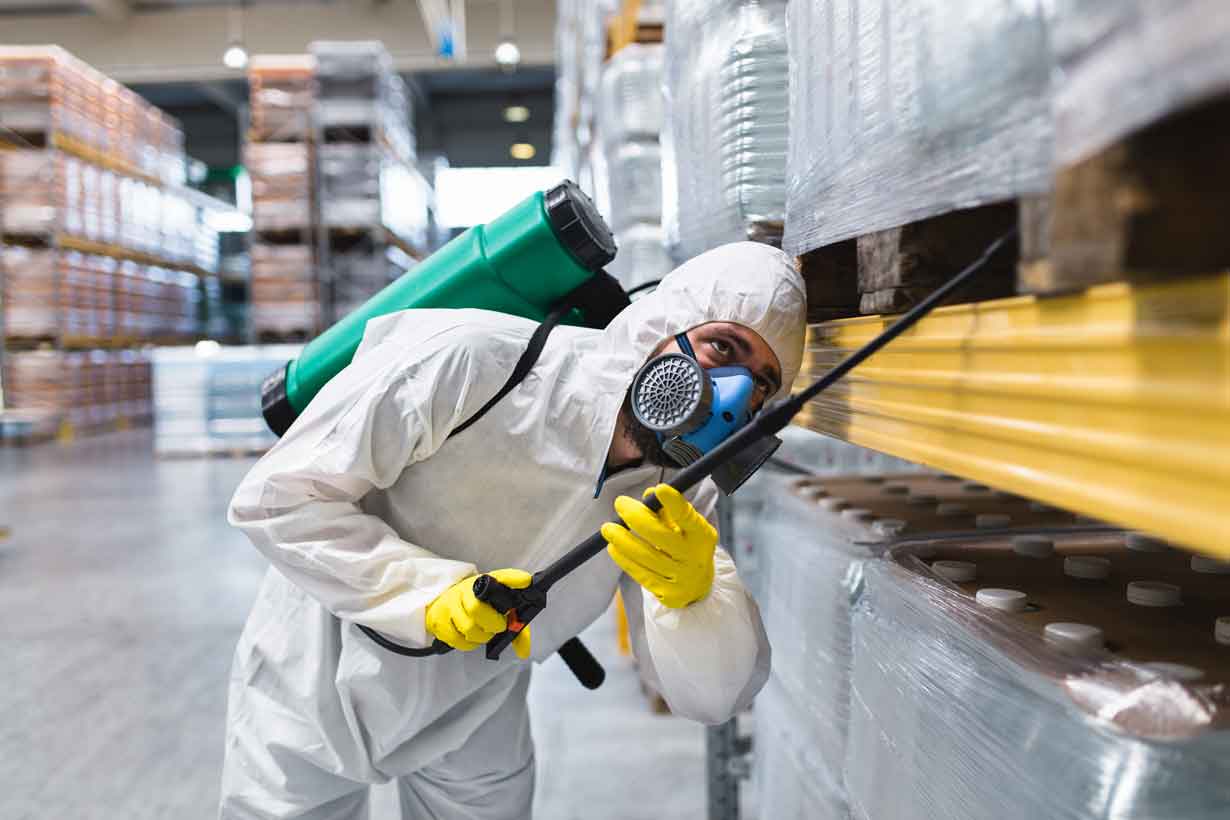
Facility Pest Control: How IPM Helps Safely Manage Insects
Discover safe, compliant pest control with IPM. Find tips for insect monitoring, sanitation and safe insecticide use in commercial facilities.
The information contained in this article is intended for general information purposes only and is based on information available as of the initial date of publication. No representation is made that the information or references are complete or remain current. This article is not a substitute for review of current applicable government regulations, industry standards, or other standards specific to your business and/or activities and should not be construed as legal advice or opinion. Readers with specific questions should refer to the applicable standards or consult with an attorney.


